#parthenon
Text
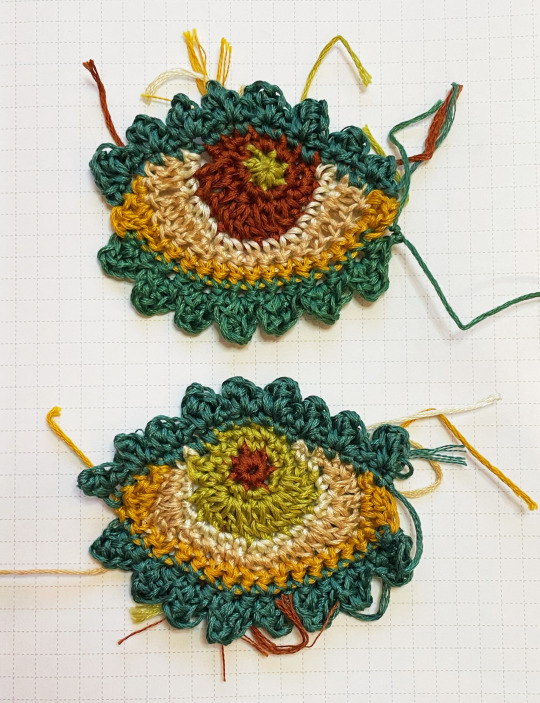
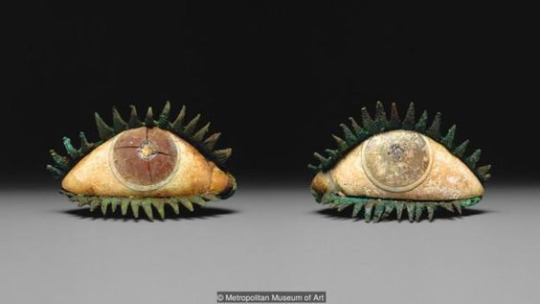
parthenon eyes in crocheted embroidery floss
3K notes
·
View notes
Photo
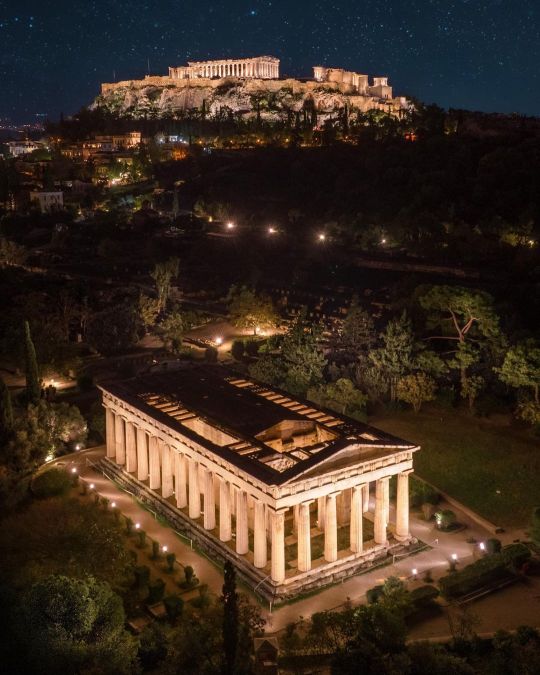
Athens by chris_kap.21 on Instagram.
#greece#europe#travel#drone photography#night photography#acropolis#parthenon#temple of hephaestus#ancient greek temples#night#night lights#athens#attica#sterea hellas#central greece#mainland#large
1K notes
·
View notes
Text
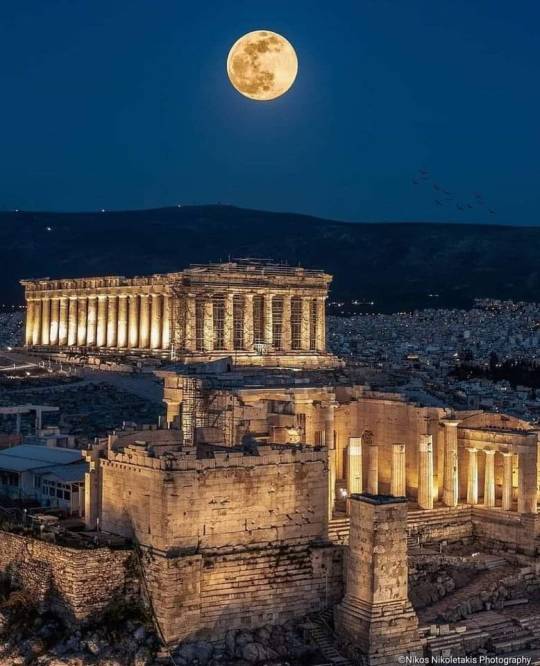
A T H E N S
1K notes
·
View notes
Text

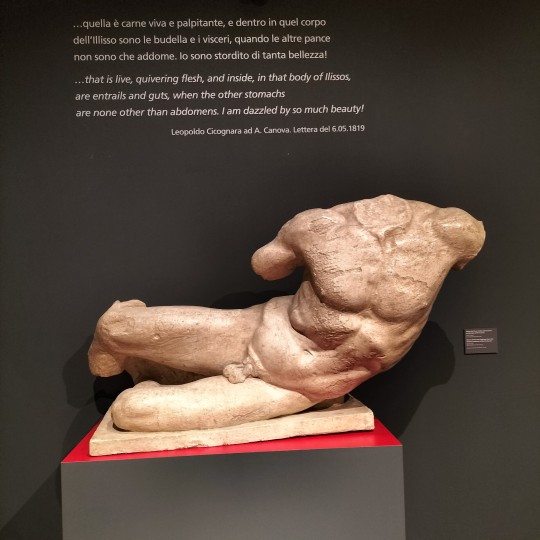



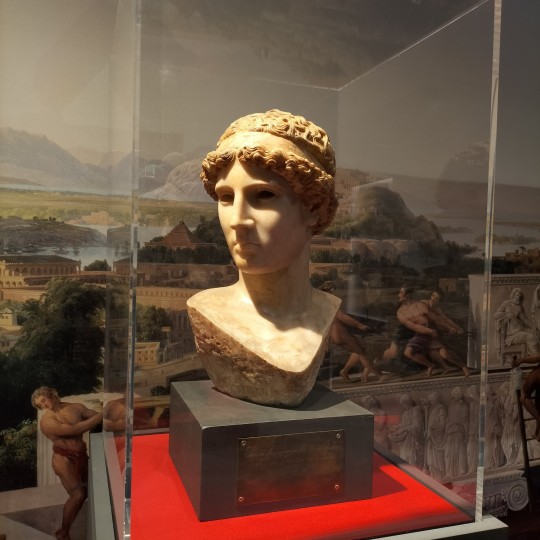
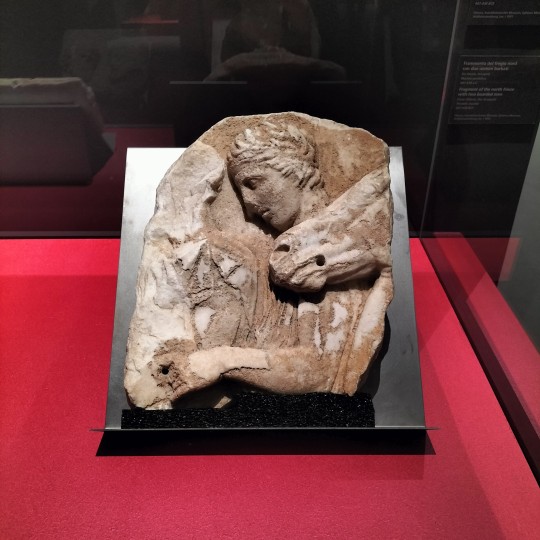

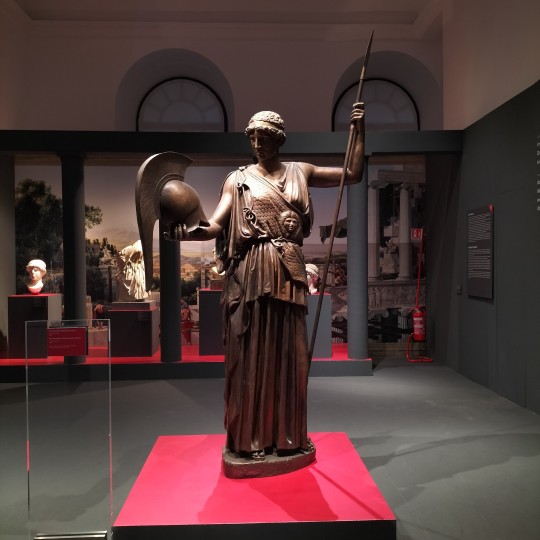

from november 2023 to may 2024 at villa caffarelli, part of the capitoline museums, an exhibit entirely dedicated to phidias, the famous sculptor behind the parthenon and the chrysoelephantine colossi of the athena parthenos and zeus of olympia.
the exhibit is composed of a selection of more than 100 works, from archaeological finds to paintings and manuscripts narrating the life and work of the artisan, with the support of reconstructions, multimedia installations and digital content.
the exhibition is the first of a series of five exhibitions, "i grandi maestri della grecia antica". in addition with the artworks coming from museums in rome and other italian institutions, the exhibit contains some extraordinary loans, items that have never left their museum premises, as for example two fragments from the parthenon frieze, from the acropolis museum in athens.
tiktok
#paiawon.txt#tagamemnon#phidias#archaeoblr#archaeology#art history#rome#capitoline museums#musei capitolini#athens#athena parthenos#zeus of olympia#parthenon#greek archaeology
503 notes
·
View notes
Text

242 notes
·
View notes
Text





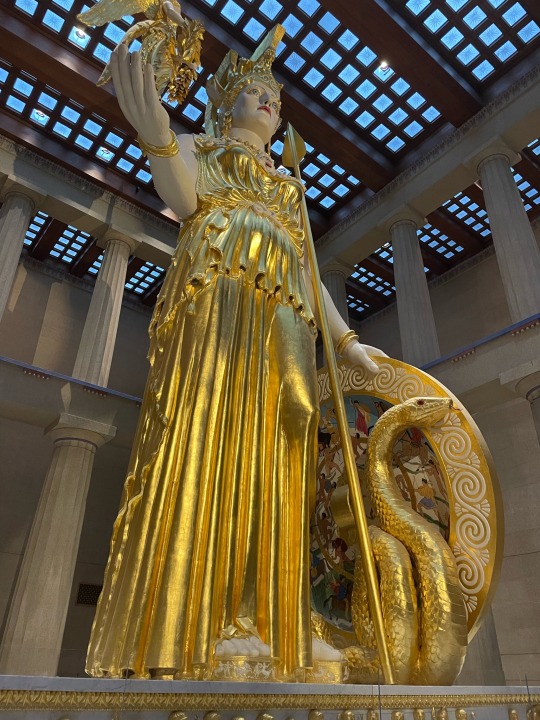
Got to visit the Parthenon in Nashville while on vacation and it was one of my favorite stops! Just seeing to scale replica sent chills through my body and I stared at the statue of Athena forever trying to soak in all the details
156 notes
·
View notes
Text

Konstantinos Parthenis (Greek, 1878-1967), Surroundings of the Acropolis, 1909. Oil on canvas, 80 x 85 cm.
163 notes
·
View notes
Text
Did you see the news about the artifacts stolen from the Stolen Artifacts Museum?
Someone working on the inside of the British Museum has been stealing artifacts from their vaults since at least 2016.
More than one expert recognized artifacts being sold on EBay and alerted the British Museum upper management, but they ignored and gaslit the whistleblowers- for two years.
The British Museum uses the excuse of “protecting” artifacts to justify its refusal to repatriate stolen treasures. The news has reinvigorated many campaigns for repatriation. Especially for the looted pieces of the Parthenon, aka the Elgin Marbles.
The main suspect, the guy who was recently fired, the guy whose name was on the EBay account fencing the artifacts,
was the acting keeper of the Elgin Marbles.
The museum officials and the BBC are giving slanted updates to try to make it seem less bad than it actually is, but it’s bad:
#british museum#stolen art#stolen artifacts#the british museum#art news#museum#museum news#elgin marbles#parthenon#greek art
247 notes
·
View notes
Text

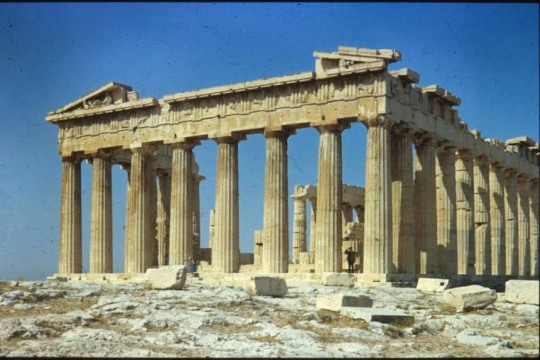
What Happened to the Parthenon? The Destruction of the Parthenon in 1687
Today the Parthenon in Athens is considered one of the most important and impressive structures of ancient Greece. Originally built in 438 BC, the structure served a number of roles. During classical ages it was a temple dedicated to the goddess Athena. When Christianity became the dominant religion in the Roman Empire it transformed into a Christian church. When the Ottoman Empire conquered the Byzantine Empire in the 15th century, it was again transformed into an Islamic mosque. Today, however, the Parthenon is a ruin of marble columns, a shell of its former glory. This was not caused by weather or the fact that the structure is thousands of years old. Often, buildings and monuments are looted, it's stones pilfered by stone masons in order to construct other buildings. Such is the case with the Egyptian pyramids, Hadrian's wall, the Roman Colosseum, and countless other sites. However, with the Parthenon this was also not the case, at least not for the bulk of it's destruction. Throughout most of its history the Parthenon was a well respected, well maintained, and a heavily used building. So what happened to the Parthenon?
In 1687 the Ottoman Empire was at war with the Republic of Venice. On September 21st, 1687 an army of 10,000 Venetian soldiers under the command of Francesco Morisini landed on the outskirts of Athens with the intent of capturing the city as well as the rest of Greece. The Venetians laid siege to the city and began a six day bombardment with mortars and siege cannon. In their haste to defend the city the Ottoman Turks fortified the Acropolis and turned the Parthenon into a gunpowder magazine, a storage place for gunpowder, cannonballs, small arms shot, and other munitions. Later during the siege a captured Turkish deserter revealed to Morisini the location of the Ottoman powder magazine. Morisini ordered the Parthenon targeted by his cannon and the gunpowder magazine was ignited by a mortar shell. The resulting explosion blew off the roof, caused the structure's internal walls to crumble, destroyed 3/5ths of the structures sculptures, and destroyed several columns, mostly on the south side where the shell entered the building. The resulting blast also killed 300 Turkish soldiers.
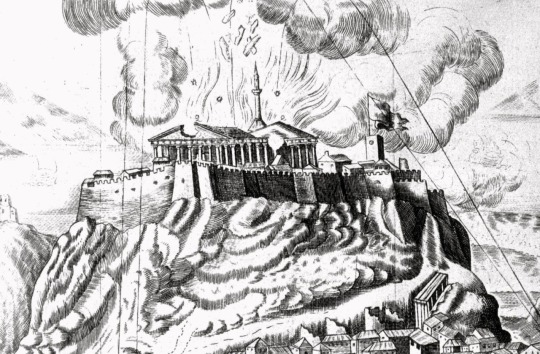
With the Turks supply of gunpowder destroyed the Venetians easily conquered the city. Then the looting began, with Morisini and his troops removing ancient treasures and statuary as prizes of war. Many statues were accidentally smashed during removal, the rest were shipped off to collections in Italy, where they eventually were scattered all over Europe. After the devastating explosion of the Parthenon, centuries of secondary destruction occurred, mostly in the form of looting, which finally did begin to occur now that the building had been badly damaged and left abandoned. Stone masons carted off wagon loads of marble for use in other building projects and structures. In 1801 the British ambassador to the Ottoman Empire, Thomas Bruce, 7th Earl of Elgin, became fascinated with the Parthenon, studying its architecture closely and documenting it's magnificence. He then proceeded to loot the Parthenon of its remaining statuary, especially the statues that make up the front facade of the building. 17 statues, 15 panels, and a large 247 foot long frieze were removed and shipped to Britain, where they were sold to the British Museum.
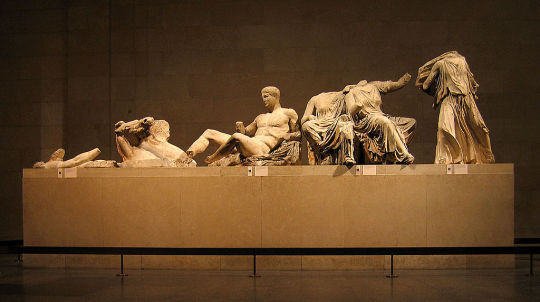

Today the statuary, known as the Elgin Marbles, are a source of contention between the United Kingdom and Greece, as the Greeks want them back. The remains of the Parthenon are still under threat, especially from the slow destruction of acid rain erosion. In 1975 the Greek government began the project to preserve and restore the Parthenon, with slow painstaking work occurring over the decades.
736 notes
·
View notes
Text

Frederic Edwin Church (American, 1826-1900) - The Parthenon (1871)
80 notes
·
View notes
Text

"Marble fragment of metopes." A guide to the sculptures of the Parthenon in the British museum. 1908.
Internet Archive
624 notes
·
View notes
Photo
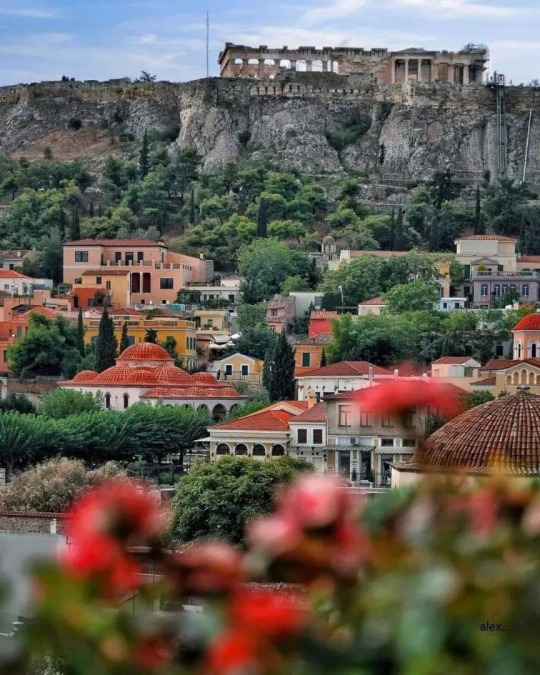
Acropolis from Plaka, Athens by alexandra_petrogiannou on Instagram.
#greece#europe#travel#wanderlust#flowers#acropolis#greek temple#ancient temple#city#architecture#landscape#parthenon#plaka#athens#attica#central greece#sterea hellas#mainland
377 notes
·
View notes
Text
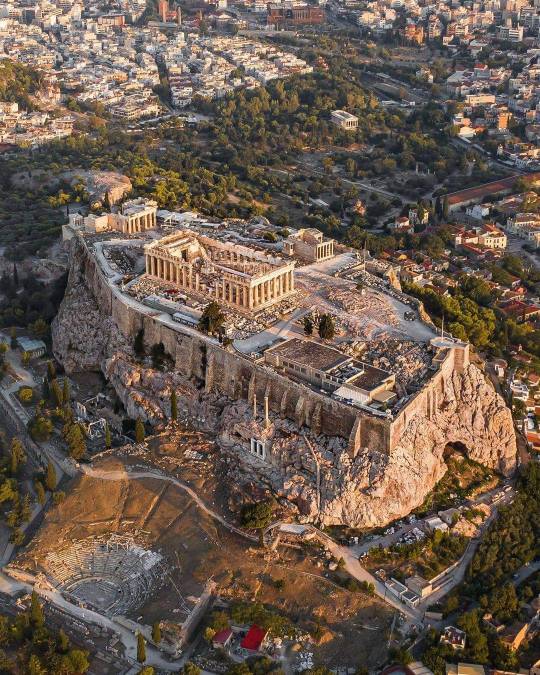
ACROPOLIS OF ATHENS
521 notes
·
View notes
Text
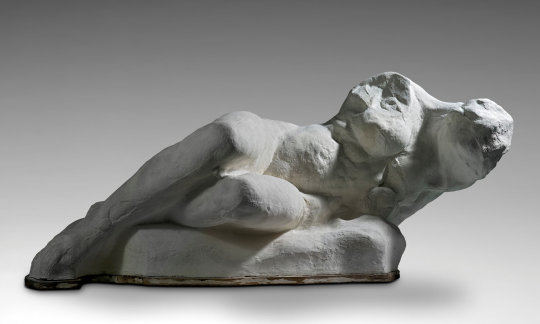
Auguste Rodin (FR, 1840 - 1917)
Ariadne, large version, 1905. Photograph © Musee Rodin
Rodin and the art of ancient Greece, 2018 British Museum exhibition
Rodin first visited the British Museum in 1881 and was hugely impressed by the sculptures of the Parthenon. He never sculpted copies of the Parthenon figures, but instead sought inspiration from them.
#Auguste Rodin#sculpture#female#figure#study#abstract#reclining#inspiration#Parthenon#British Museum#articles#exhibition
68 notes
·
View notes
Text
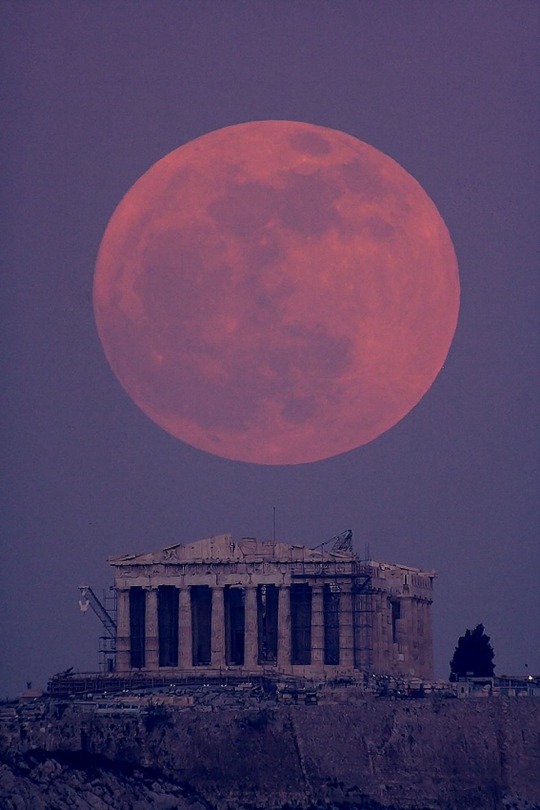
Supermoon captured over the Parthenon in Athens, Greece.
#supermoon#full moon#moon#parthenon#athens#greece#europe#photograph#photography#architecture#antiquity
526 notes
·
View notes
